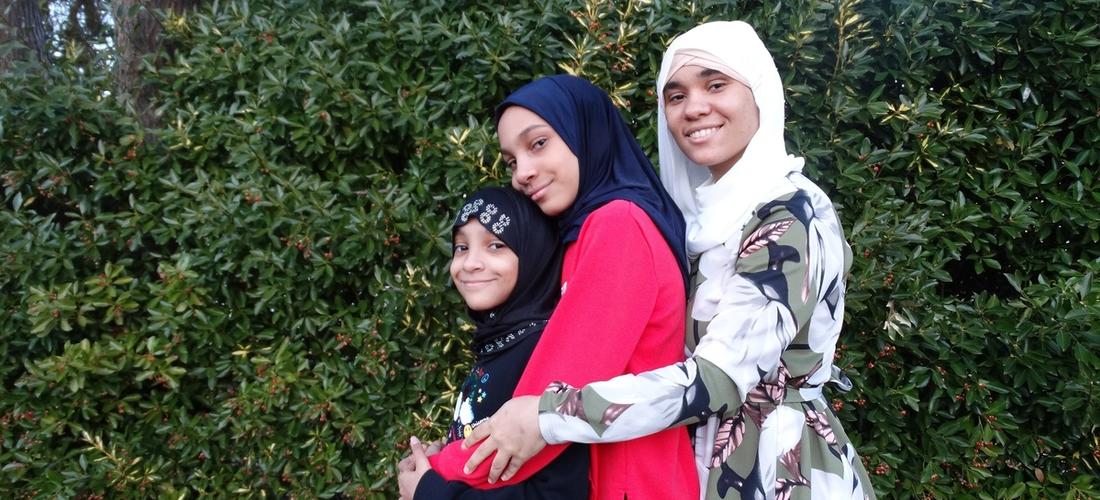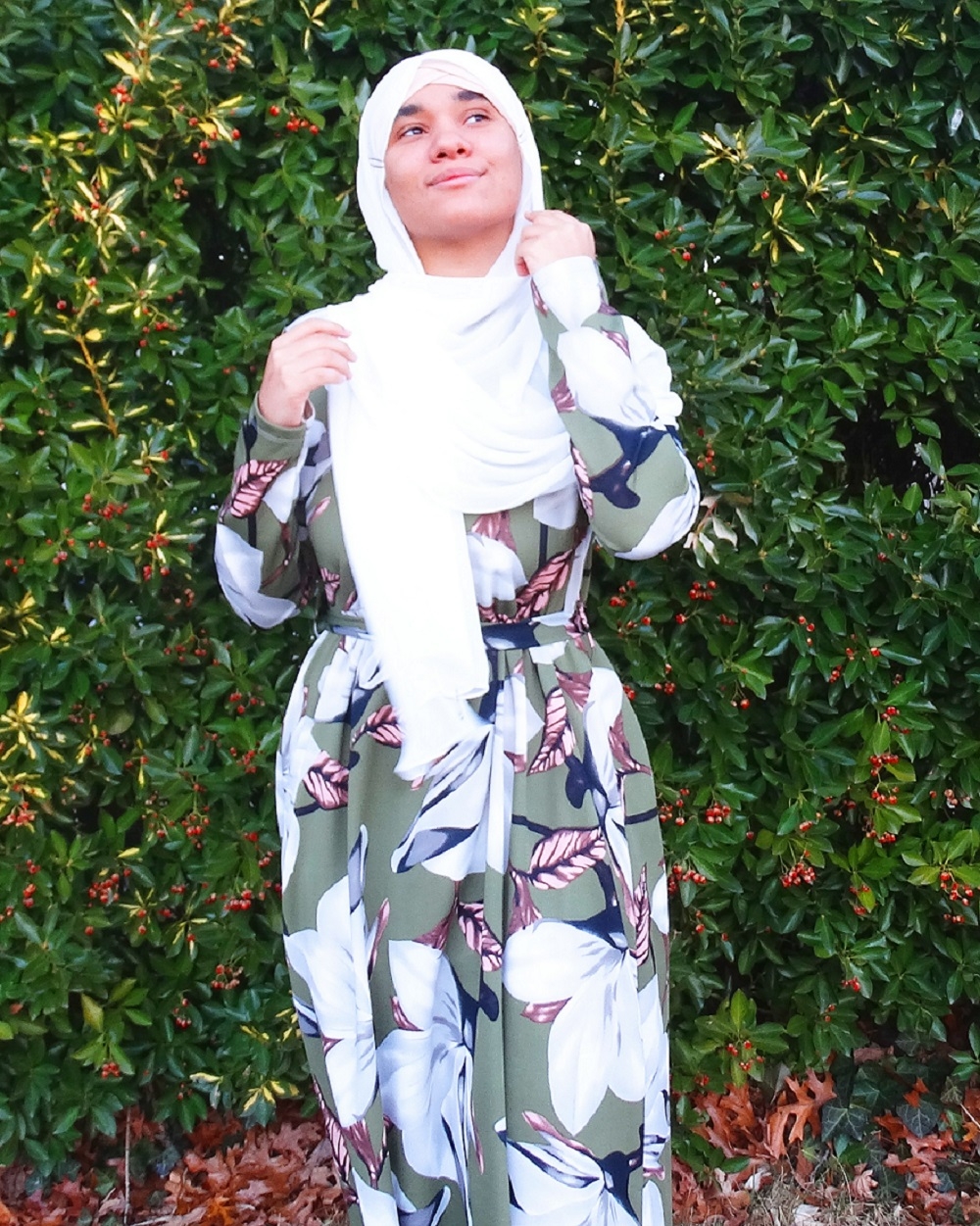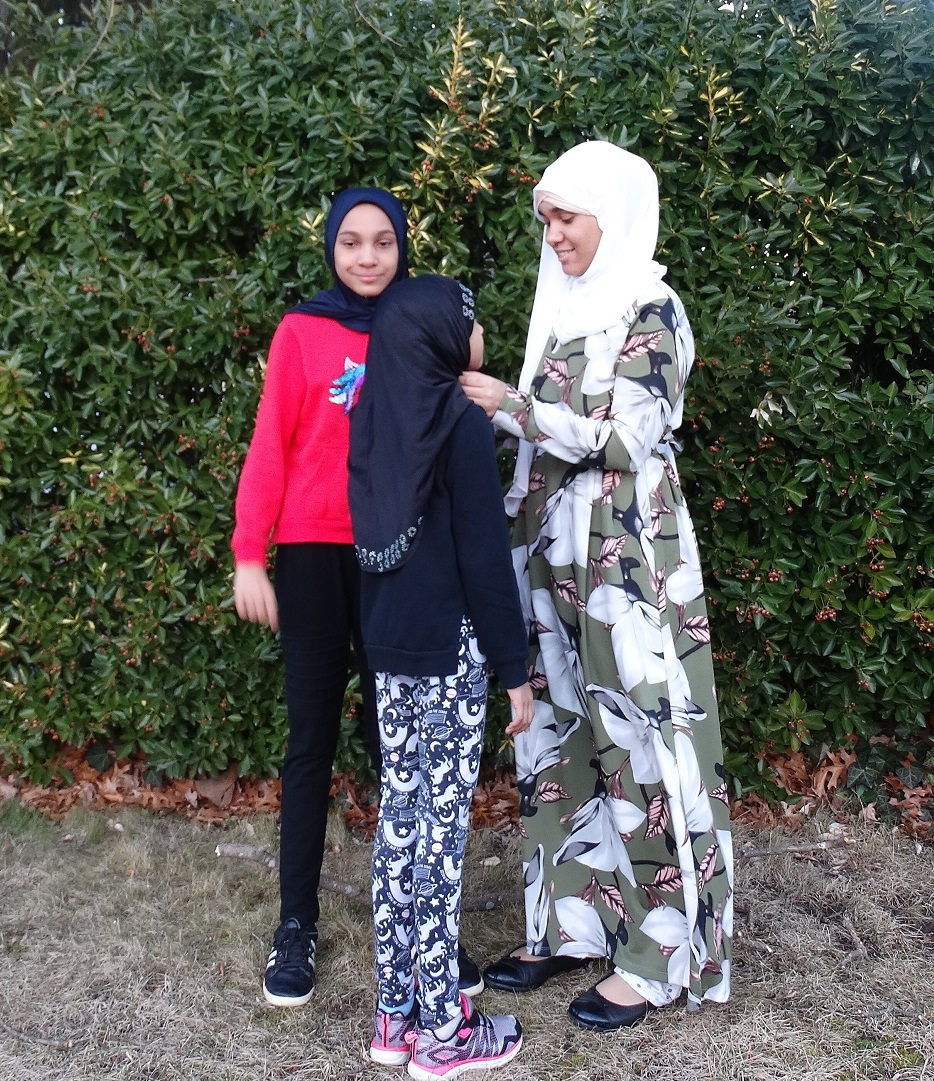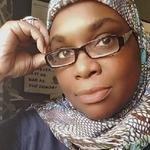Promoting Hijab Confidence – How I Encouraged My Daughters Through the Years
Faith
|
Feb 24, 2022
|
4 MIN READ

The author's daughters
Hijab is a complex part of many Muslim women’s lives with layers of individual, social and spiritual significance. Hijab can be an act of religious obedience, social identity and political commentary. Muslim women who choose to (or not to) wear hijab each undergo a personal journey, wherein they navigate how they will interact with hijab for themselves inside Muslim spheres and our broader society.
This may not be a simple thing, considering all the social pressures and implications impressed on Muslim women about hijab. So for those of us on this journey, how do we grow our hijab confidence?
Confidence for Ourselves
During recent a Haute Hijab Instagram live with Melanie and my fellow blog writers Danah Shuli and Hakeema Cummings, I mentioned that in addition to being a religious act, the cultural spectrum of “fascism and faith” leaves many Muslim women struggling and wedged between multiple definitions of hijab created by Muslim and non-Muslim cultures. Consequently, we often find ourselves needing to justify wearing hijab to non-Muslims or dealing with the policing about how we wear it by Muslims.

My eldest daughter and I.
It can all be spiritually and emotionally draining, leading to internal battles that can negatively affect our relationships with hijab.
(Click here to find about the myriad of resources Haute Hijab has to answer your questions and help you gain hijab confidence.)
Muslim women who choose to wear hijab must contend with these social burdens, and this can result in lowered confidence about their decision to cover their heads and dress modestly. Instead of bending to arbitrary definitions, we need to define and understand hijab for ourselves, according to Islamic teachings, and build up the fortitude to be unapologetic about our decision to wear it.
When I converted to Islam many years ago, I was blessed to become a part of a Muslim sisterhood that embraced hijab as a source of personal and spiritual strength. The women in the communities I frequented promoted exploration of all aspects of hijab and covering in different styles, including the niqab (face veil). They bought and made a variety of modest dress and hijabs in an expanse of colors and patterns, each a testimony to their ownership of hijab for themselves and their faith.
Things were not perfect. There were still struggles, but I did acquire a conviction about hijab, a personal sense of ownership of covering as an act of obedience and an individual expression of my Muslim identity, something that I’ve tried to pass onto my daughters.
Confidence for Our Youth

My eldest daughter.
Wearing hijab was a choice that I made as a new adult after embracing Islam. However, once I became a mother, I realized things would be different for my daughters. As my oldest daughter grew, I had to think about how to encourage her to wear hijab instead of forcing her to blindly obey her father and me. As parents, we all make decisions as to what we want to teach and model for our children, knowing that ultimately when they reach adulthood they will hopefully take what we’ve taught them and implement it in their adult lives. Encouraging hijab is part of this for me.
I made hijabs a basic part of my daughter’s wardrobe when she was a preschooler. I covered her head as I dressed her because it was as essential as the rest of her clothes. However, I didn’t strictly enforce that she wear it. She would often take it off while playing. I would tuck it in my bag. The point was to normalize hijab for her. She saw me putting it on for prayer and whenever I went out, and that she could too.
(As you help the young women in your life explore hijab, learn about the different types of hijab fabrics to choose from, how to care for them, and invest in solid hijab foundations to help build confidence in the actual physical wearing of hijab.)
When my daughter reached the age of puberty, we had conversations about things that were expected of her, including praying regularly, fasting during Ramadan and wearing hijab outside the house all of the time. It took a few reminders as she dashed out of the house, but for the most part, my daughter wore it. After all, it was hers to wear.
The teen years came, and so did more conversations about hijab. Whenever my daughter wanted, we talked about the challenges and frustrations she encountered and solutions that would help on her hijab journey. I knew that she would eventually have the autonomy to decide whether or not to wear hijab, and I wanted to avoid it being a point of rebellion. So, I tried to instill a sense of ownership in her.

My three daughters, with my eldest daughter helping her youngest sister with her hijab.
Hijab was her form of worship (like prayer and fasting) as well as a part of her identity. She took ownership by choosing how she would wear hijab. I supported her decisions, offering gentle advice and accepting her choice of expression.
Now in college, my daughter wears her hijab on her terms as a Muslimah and encourages her younger sisters (ages 11 and 9) to do the same. I tried to equip them all for their hijab journeys, wherever they may lead.
Of course all Muslim women don’t place importance on wearing hijab. But when it comes to how we own hijab, I believe Muslim women need to create and enforce cultural narratives where they frame hijab as an act of worship and social identity for themselves, building the confidence to encourage young Muslim girls to own and wear hijab as ultimately their choice to do so. No more bending our obedience to Allah (S) to the whims of others. It’s ours to wear.
How do you make hijab your own? Leave a comment below!
Subscribe to be the first to know about new product releases, styling ideas and more.
What products are you interested in?

